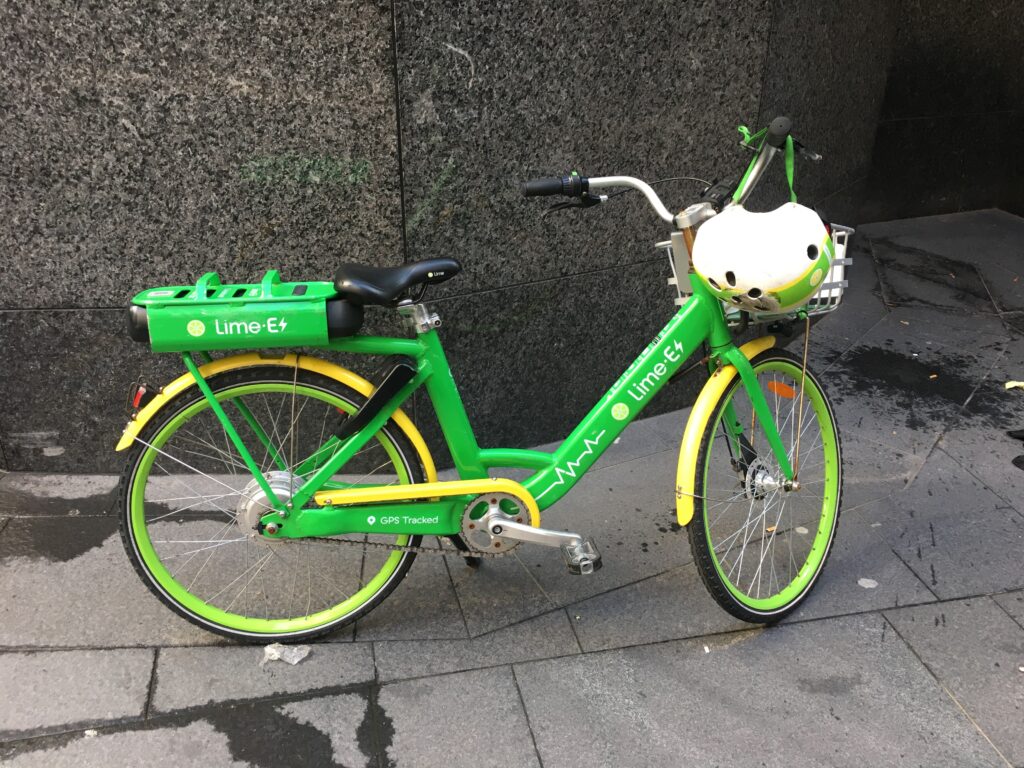It goes without saying that due to the COVID-19 pandemic, electric vehicle sales will be much lower in the US in 2020 than I and many others had previously predicted. There are several obvious issues that are expected to lower sales, including factories being shut down for limited production, supply chains being constrained, and consumers not able to visit dealer showrooms to make purchases.
But these factors are primarily driven by the physical limitations of the past and continuing stay-in-place orders that prevent or limit the production and purchase of electric vehicles. What I’m curious about is how the COVID-19 pandemic will affect consumer behavior once life begins to transition back to even a semi-normal state of access.
How will the pandemic and time consumers spent at home impact their attitudes towards electric vehicles – either positively or negatively?
Potential Consumer Scenarios
Following are a couple of potential impacts we might see on consumer behavior and attitudes toward electric vehicles:
Economy and job concerns: With millions of Americans losing their jobs and many businesses either shutting down permanently or being significantly curtailed, many US households will not be able to afford to purchase a new car (of ANY type).
With concerns about the economy and their own jobs, new car purchases might be pushed out a few years and many households are likely going to hold on to their existing cars for a few more years.
Impact – Negative: Those that can and do purchase a vehicle might opt either for a lower-cost used or new gas vehicle instead of a more expensive EV. Because electric vehicles tend to cost anywhere from $5,000 to $20,000 more than comparable gas vehicles, for some consumers who may have considered an EV prev-COVID-19 — may now hold off because of concerns about employment, and additionally when combined with low gas prices.
Increase in remote workers: Millions of technology and white-collar workers have functioned exceedingly well from home and our mass telecommuting experiment proved that office workers don’t need to sit next to each other to collaborate and be productive and innovative. Companies such as Twitter have said that employees don’t need to come back to the office, and Global Workplace Analytics forecasts that 25%-30% of these office workers may work mostly at home in the coming few years.

Impact – Positive and Negative: Some households now realize they can get by with one fewer car due to working from home and fewer commuting trips to an office. The key question and unknown, however, is do these households who are considering an EV determine they need an electric vehicle with 250-300+ miles for their primary car, or do they opt for an EV as a second car with say ~200 miles or less of range?
If they opt for an EV as a second car for local trips and daily needs, then this is likely a good thing for EV demand. If they on the other hand are looking to replace their gas vehicle with a single long-range EV, they may opt to hold off for a few years until EV models with near or above 300 miles of range becomes common.
Rethinking of priorities: Social media is full of photos and stories of people during the stay-at-home orders binge-watching Netflix, learning how to bake sourdough bread, and moving cocktail time up to 4 pm from 5 pm. But many people are also re-connecting with family and friends and rethinking and prioritizing what is important in life.
Impact – Positive: With reports of cleaner air and reduced carbon emissions due to fewer cars and trucks on the road and less manufacturing, some consumers are waking up to a greater appreciation for bluer and cleaner skies. For those considering a new car, many of these enlightened consumers may opt for an electric, instead of gas car.

Health/cleanliness concerns about mass transit and ridesharing: 51% of Americans said they’d be less likely to use public transportation this year, rising to 53% in the future, according to a CapGemini survey conducted in early April. Similarly, 49% of US consumers surveyed said they were less likely to use ride-hailing services his year and in the future.

Impact – Positive and/or Negative: Prior to the pandemic, there were signs that consumers were becoming less reliant on their own cars and using ride-sharing services such as Uber and Lyft and e-scooter and bike sharing services from Bird, Jump and others.
With people feeling safer in their own cars, we might see them simply hold onto existing gas cars, whereas others might opt for an electric car if they are going to be driving as much or more as they had previously.
The COVID-19 pandemic will clearly have a short-term negative impact on sales of electric vehicles, but several factors could actually increase interest in EVs once the economy gets strong again. I will continue to cover this topic and delve into the impact on workplace charging in a future article.


